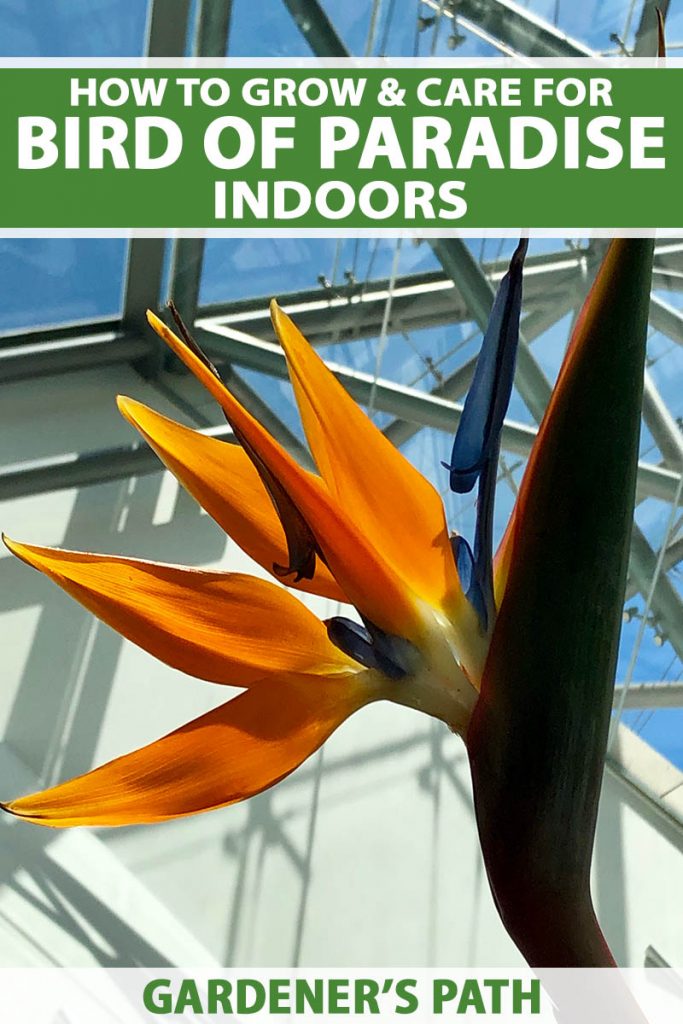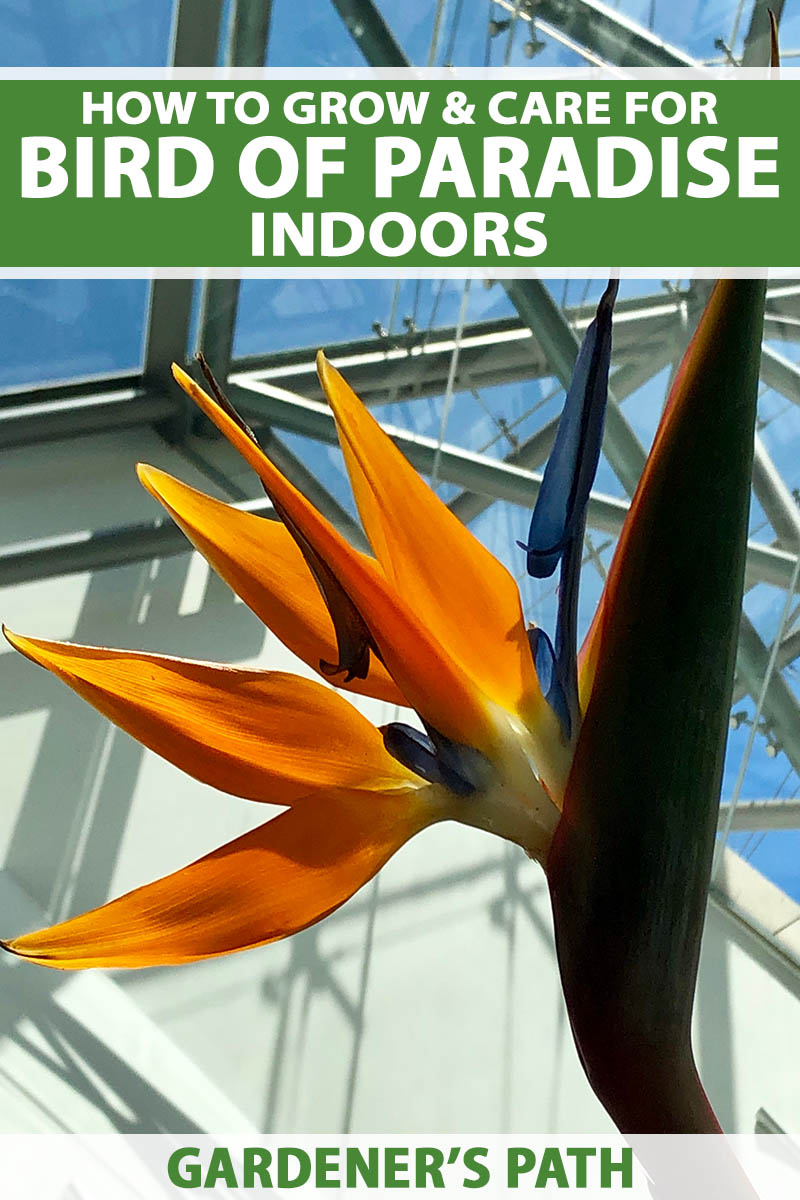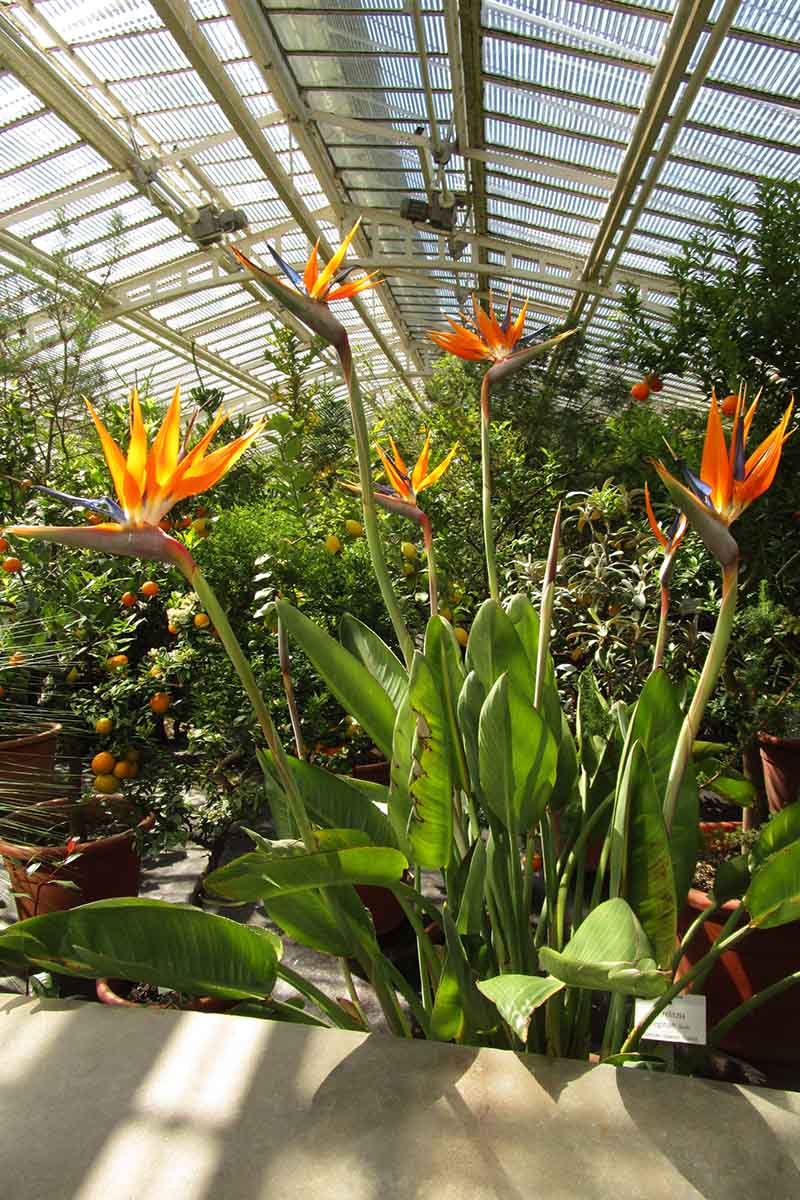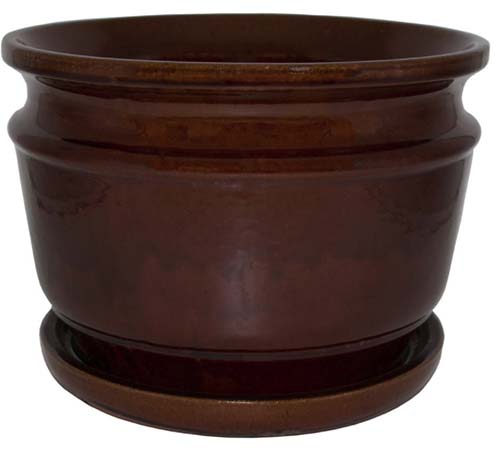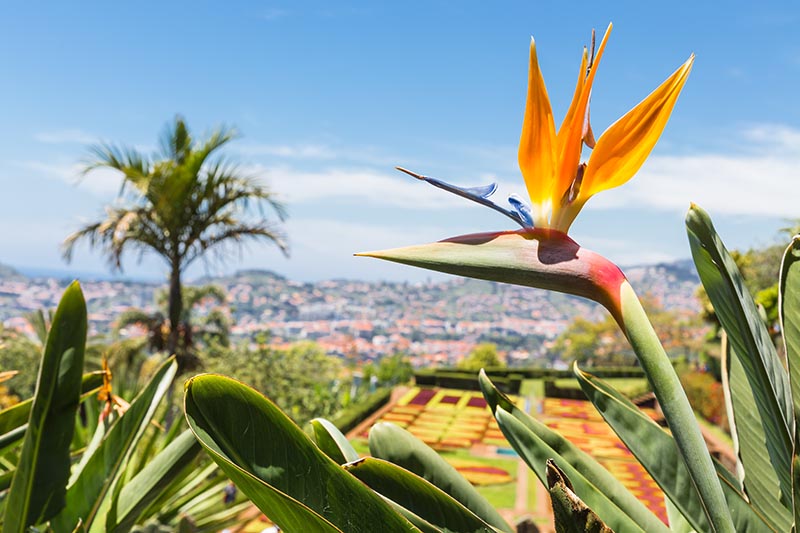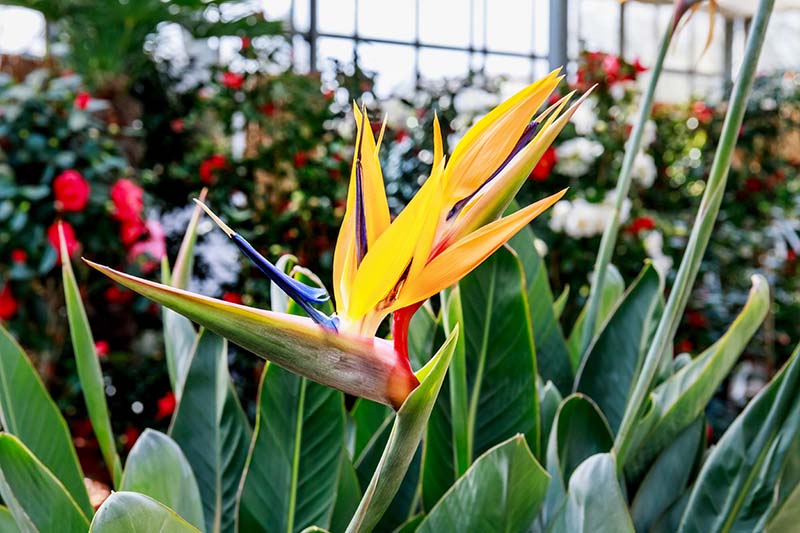Given enough sunlight and the right conditions, the plant will put on a vibrant display of flowers, lending an atmosphere of tropical bliss to the interior of your home. Here in Alaska, I could sure use a little tropical flair inside my house during the dead of winter. Even if the flowers don’t bloom as prolifically as they would outside, you’ve got luscious, green, banana-leaf-like foliage to enjoy all winter. We link to vendors to help you find relevant products. If you buy from one of our links, we may earn a commission. Here’s what we’ll cover:
Getting Started
There are five species of bird of paradise, in Strelizia genus, and not all of them are suitable for growing indoors. Larger species like S. nicolai or S. alba grow up to 30 feet tall, which makes them difficult to grow in your home unless you live in a mansion with an enormous, well-lit foyer. Since most of us don’t have this luxury, make sure you choose the common bird of paradise, S. reginae, which only grows up to six feet tall.
If you purchase a plant at the store that’s in a nursery planter, the first thing you’ll need to do is to repot it. Find a pot that’s at least 12 inches wide and deep if you have a smaller plant. In the case of a larger plant, choose a container that’s at least 34 inches deep and wide. To repot, fill the container with two parts potting soil and one part perlite to improve the drainage, carefully lift your plant from the nursery planter and and place it in the new planter.
12-Inch Ceramic Planter I love this 12-inch, toffee-colored planter from the Home Depot. It comes with a draining dish and it matches lots of decor styles. Don’t plant your bird of paradise too deeply. Exposure of the top of the roots can help to encourage flowering. After transplanting, water the plant until you see drainage trickling into the drainage dish and set it next to the sunniest window possible. If you’re bringing your outdoor plant indoors for the winter months, learn how to pot it up in our guide to winter care for bird of paradise.
Caring for Your Indoor Plant
Bird of paradise plants won’t tolerate oversaturated soil, so you’ll need to take care with your watering. To avoid wet feet, allow the top two inches of soil to dry out between waterings. During the winter months, the plant will go semi-dormant, and less frequent watering is required. And no matter what, avoid water with a high salt content, as this can burn the leaves. If you need to, use filtered water, or collect rainwater, or snow to melt.
When they are grown as houseplants, bird of paradise can be fertilized more frequently than plants grown in the garden. You can fertilize every two weeks with a balanced 10-10-10 (NPK) liquid fertilizer in the spring and once a week in the summer. Do not fertilize them in the fall or winter, when growth slows down. In the summer, you may choose to move your plants outside to a sunny or semi-shaded location when daytime temperatures are consistently above 70°F. Be careful to introduce the plant to the sun gradually, or the foliage could get sunburned. Set it outside for an hour the first day, two hours the next, over the course of a week or ten days until it’s spending all day outside.
Bring the plant back in when daytime temperatures start to drop below 60°F. You can replace the topsoil annually and repot into a slightly larger container if desired.
LED Indoor Grow Light Turn it on for three hours in the morning before the sun rises and three hours after it sets – or stops shining through the window. In addition to keeping the plant happy, this gives you a better chance of flowers. Keep in mind that mature bird of paradise plants tend to bloom better if they are slightly root bound, so allowing it to stay in the same container for a couple of years can help it to flower. To replace the topsoil, gently remove the top two inches with a hand trowel and add two inches of fresh potting mix. And one final note – do not use a leafshine product on these plants. This could damage the natural finish of the leaves. To keep the leaves looking neat, wipe off any dust with a moist towel every week or two. Keep an eye out for pests such as spider mites or aphids. You can remove them by hand or use insecticidal soap or neem oil.
Mimic a Tropical Climate
Bird of paradise is a gift to the world from South Africa and grows happily in Florida, Jamaica, southern California, and Hawaii. If you live somewhere not-so-tropical, you’ll need to mimic a warm, humid climate for your S. reginae.
The plants prefer nighttime temperatures of 50-55°F and temperatures of 70-75°F during the day, so don’t set your thermostat too low during the colder months.
An Indoor Paradise
If you struggle with the absence of greenery in your area during the winter, growing a bird of paradise (or two) indoors can remind you of warmer days and lift your spirits. Or maybe, like me, you just love the idea of growing a striking houseplant inside all year long.
Especially when it blooms with those amazingly birdlike flowers. That’ll spice up your interior decor like nothing else. Have you ever grown one of these tropical beauties indoors? Leave any tips or questions in the comments below! And if you want to learn more about bird of paradise plants, check out these guides next:
How to Grow Bird of Paradise: a Stunning Easy-Care Perennial What Are the Different Types of Bird of Paradise Plants? Deadheading Bird of Paradise: How to Remove Spent Blooms
© Ask the Experts, LLC. ALL RIGHTS RESERVED. See our TOS for more details. Product photos via Home Depot. Uncredited photos: Shutterstock. With additional writing and editing by Helga George and Allison Sidhu.
